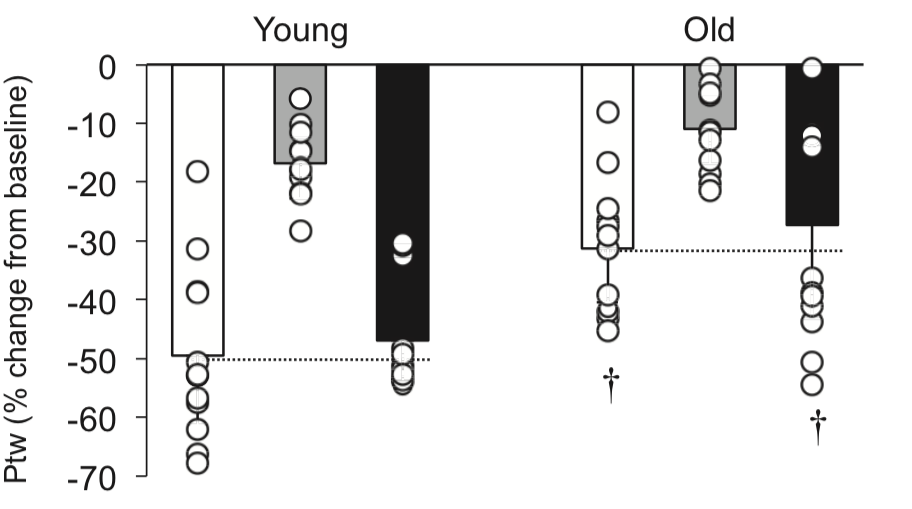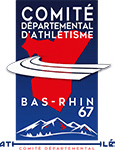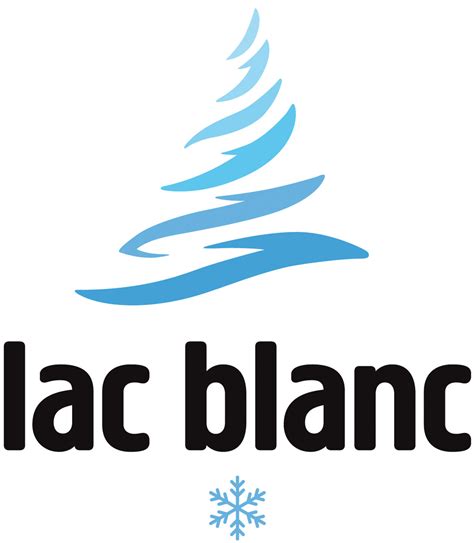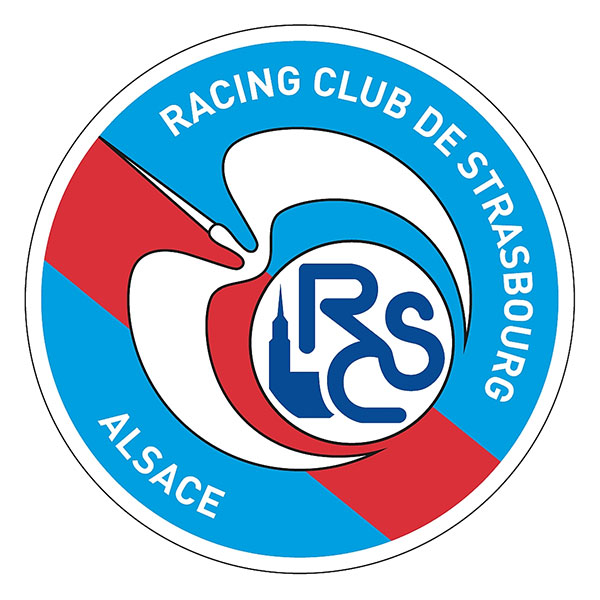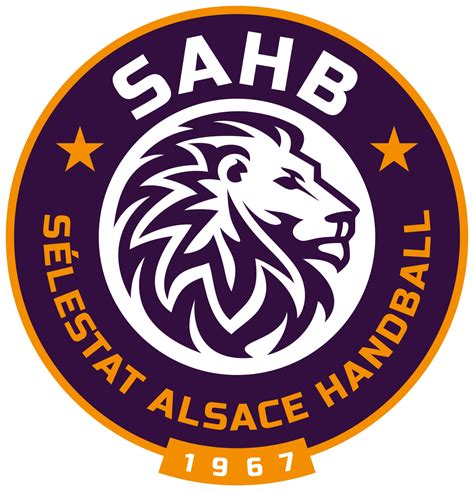Aging reduces the maximal level of peripheral fatigue tolerable and impairs exercise capacity
Aging reduces the maximal level of peripheral fatigue tolerable and impairs exercise capacity
Zarzissi S, Bouzid MA, Zghal F, Rebai H, Hureau TJ
Abstract
The aim of the present study was to determine the magnitude of the maximal level of peripheral fatigue attainable (fatigue threshold) during an all-out intermittent isometric knee-extensor protocol in both younger (24 ± 1 yr, n = 12) and older (60 ± 2 yr, n = 12) participants to provide new insights into the effects of aging on neuromuscular function. Participants performed two experimental sessions, in which they performed 60 maximal voluntary contractions (MVCs; 3 s of contraction, 2 s of relaxation). One trial was performed in the unfatigued state (CTRL) and one other following fatiguing neuromuscular electrical stimulation of the quadriceps (FNMES). Peripheral fatigue was quantified via pre/postexercise decrease in quadriceps twitch force (∆Ptw). Critical force (CF) was determined as the mean force output of the last 12 contractions, whereas W' was calculated as the area above CF. Although FNMES led to a significant decrease in Ptw before performing the 60-MVCs protocol (P = 0.024), ∆Ptw was not different between CTRL and FNMES for both the young group (P = 0.491) and the old group (P = 0.523). However, this peripheral fatigue threshold was significantly greater in young versus old participants (∆Ptw = -48 ± 10% vs. -29 ± 13%, respectively, P = 0.028). In CTRL, W' was 55 ± 13% lower in the old group than in the young group (P < 0.001), but CF was similar (326 ± 10 N vs. 322 ± 12 N, respectively, P = 0.941). ∆Ptw was correlated with W', independently of age (r2 = 0.84, P < 0.001). Exercise performance decreases with aging consequent to a lower tolerance to peripheral fatigue. However, the peripheral fatigue threshold mechanism persists with healthy aging and continues to play a protective role in preserving locomotor muscle function during exercise.
Keywords: aging; critical torque; exercise performance; group III/IV muscle afferents; neuromuscular fatigue.

